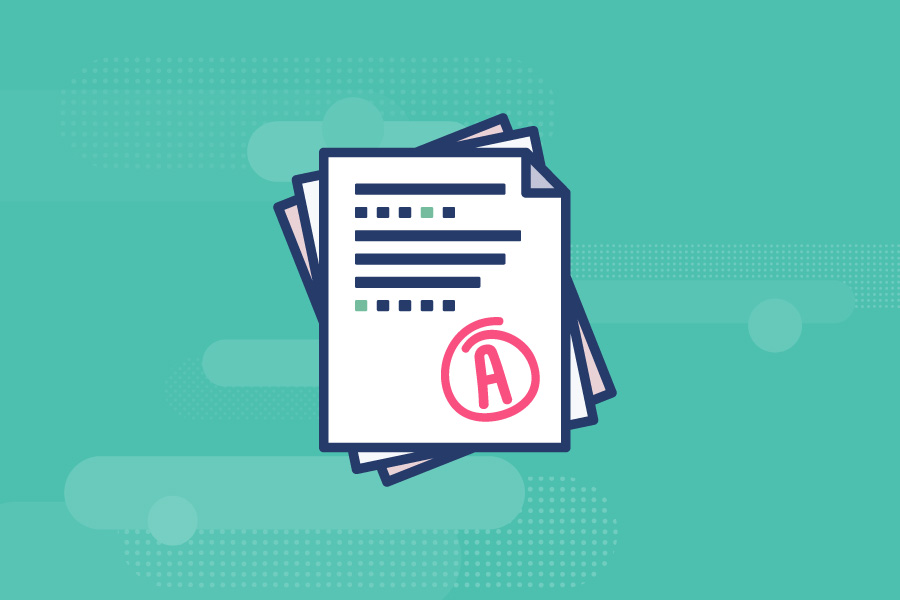Julie, head of content and curriculum, shares tips for supporting ELLs in your elementary classroom.

If you teach students whose first language isn’t English, you know that those students face challenges in the classroom. What is most important is providing supports that will help your students develop confidence, feel seen and heard, and ultimately be successful in your classroom. Here are some of our favorite and most effective strategies for supporting English Language Learners.
Tip #1: Attach Language To Objects and Actions
You are helping students to see and hear words that are connected to objects and actions in your classroom when you attach language to objects and actions. You can make this a habit as you are teaching. For example, if you say “Take out your notebook,” you can pick up a notebook as you say it. You can also make charts for your classroom that include an image along with words. For example, if you create a checklist, and one of the items on the checklist is "Take out folder,” you can draw a picture of a folder next to that sentence.Tip #2: Build A Multilingual Classroom Environment
Invite your ELL students' first language into your classroom. Provide opportunities for students to share their home languages with their peers. Learn some phrases so you can speak with students in their first language. Make sure that you are saying each child’s name correctly. You can create a multilingual word wall with key classroom vocabulary in multiple languages.Tip #3: Provide Opportunities For Hands-on Learning
Help reduce students’ anxiety about learning a new language by giving students opportunities to learn by doing and demonstrate what they are learning by showing you rather than telling you. An example of this might be using shaving cream to draw letters or playing a game rather than reading a worksheet and answering questions.Tip #4: Use Digital Texts To Motivate Students During Reading Instruction
Provide students with audiobooks so that the text can be read to them while they follow along on the page. Have versions of the text in multiple languages so students have the option. Pair a native speaker with a non-native speaker and use strategies like Turn and Talks to support your students to stop and discuss what they are hearing and reading.Tip #5: Think, Draw, Write
One of the biggest writing challenges faced by ELLs is not having the vocabulary to write what they are trying to describe. Always give students the opportunity to draw before you ask them to write. This lowers the stakes and allows them to get their ideas out on paper. Then you can support them with finding the words that represent what they have drawn.
Do you have ELL strategies for your elementary classroom? Share with us on Instagram, Facebook, Twitter, and Pinterest.
Julie Mason is the Head of Content and Curriculum for TeacherVision. She brings expertise in blended and personalized learning, instructional coaching, and curriculum design to the role. She was a middle and high school English teacher for eight years and most recently taught at Dana Hall, an all-girls school in Wellesley, MA. She was a blended and personalized learning instructional coach for K-12 teachers at BetterLesson for two years, and she has presented at The National Principals Conference, ISTE, and ASCD where she shared her expertised on how instructional coaching builds teacher capacity in K-12 schools. She has extensive experience designing and facilitating professional development for teachers, and she oversees the TeacherVision advisory board.










